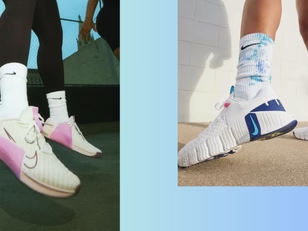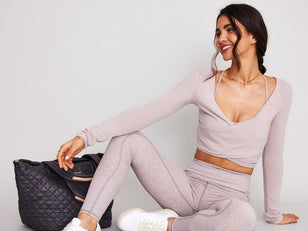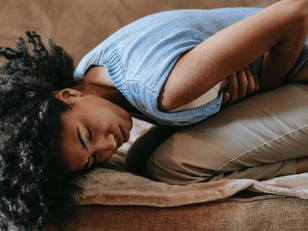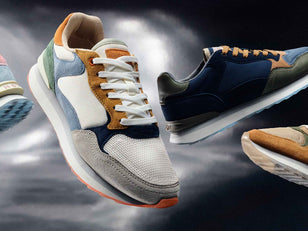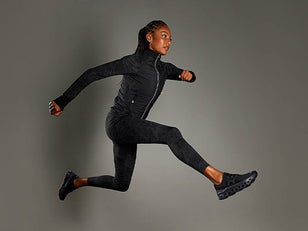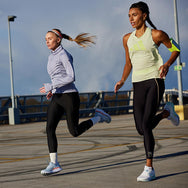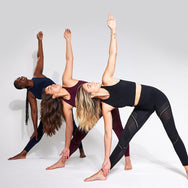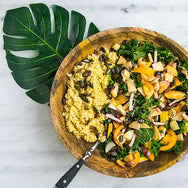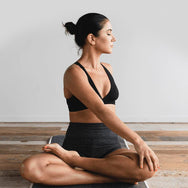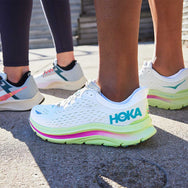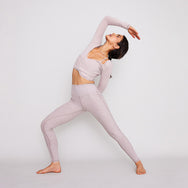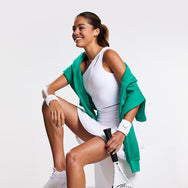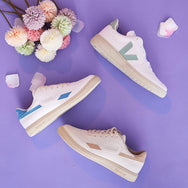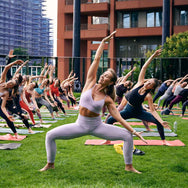
Walking around barefoot is something we, in the Western world may associate with desperation and poverty in underdeveloped corners of the globe. But in doing so, are losing touch with our ancestors who tracked deserts and open plains without wearing so much as a sandal?
While we subconsciously lose touch with our roots, our humble beginnings are still very much a part of us. Children of a certain age constantly rebel against the social norm of wearing shoes and we’ve all slipped off our work shoes that pinch after a long shift. Why? because it feels good, it feels natural!
THE HISTORY OF BAREFOOT RUNNING
Let’s take it all the way back. To our Apelike primates walking on all fours. When it came to moving around this was inefficient and energy sapping. Humans are Homo Sapiens, an upright walking species first evolved in Africa over 300,000 years ago. The key transition came when we developed a sideways facing pelvis allowing us to walk the way we do today. Then, the attention of evolution switched to our feet. We developed arches that could adapt based on the terrain it met. It could be stiff or flexible, this coupled with an Achilles tendon much longer than our primates allowed us to run at speed.
Then came shoes, but not shoes as we know them now. They were simply a method of protecting the skin from ground which was rough, too cold or too hot. This was natural running, just as we see in Christopher McDougall’s 2009 book ‘Born to Run’. McDougall tracks down members of the Tarahumara Native Mexican tribe who have the ability to run ultra-distances at incredible speeds without experiencing the injuries that American runners, wearing their state-of-the-art padded footwear, seem to encounter.
Over thousands of years, humans perfected the art of running. The skin, muscles and brain worked in harmony to produce the perfect chain of movement. It was all going very well until we started to interfere.
Once we started wearing restrictive shoes, the shape of our feet began to change, the way our feet interact with the ground changed too. Our nerves and senses no longer feel every bump, every dip in the ground. Think about it this way, would wearing a flip flop on your hand while trying to use a keyboard seem natural? Of course not, so why do we do it with our feet? Societal expectations and comfort both play a huge role.

WHY IS BAREFOOT RUNNING NOW SO POPULAR?
In the era of comfort and plain sailing, why has it become fashionable to make running considerably harder? Well, perhaps we’ve gone full circle. The evolution of the running shoe has become so extreme that the only place to go is back to barefoot whether that’s with minimalist footwear or completely shoeless.
Barefoot has grown during lockdown. Particularly with more people working out at home, there has been less need to don the latest trainers on the market and our feet have never felt freer.
During the first Lockdown in 2020, many felt compelled to reconnect with nature, and finally we were given the chance, there was little option. More people went walking and running and spent their time outdoors while their regular place of exercise, the gym, was closed. Also, barefoot being sustainable makes it appealing to the youth who are more concerned about our planet than any other generation. We’re more open to new, off the wall ideas, hence the lift-off of the barefoot movement.
THE BENEFITS OF BAREFOOT RUNNING
Improves function of intricate muscles and tendons in the feet
Years of running and walking around with densely padded footwear will eventually cause you to lose the function of intricate muscles and tendons within the foot.
Muscles work on a use it or lose it basis. So running in minimalist trainers, specially designed to mimic barefoot running, will put these minute muscles to use and certainly help prevent you from heading towards the lose it category. With the right approach, barefoot running will help maintain the shape and strength of the arch in your foot.
Improves balance and proprioception
Our first benefit has a direct correlation with this one. Due to the small muscles in the feet, ankles and hips being heavily activated during barefoot running, balance will improve accordingly. Having better balance will also allow you to learn to spread your toes and expand the base of the foot to support movement in all areas of life.
Promotes forefoot striking when running
Excessive padding in running shoes promotes the heel strike technique. In simple terms, this is more of a plodding motion where the heel hits the floor first then the rest of the foot follows. However, this isn’t the most effective movement pattern for running, as it induces an abrupt impact force and causes a wastage of power output.
This is because the heel, which is made up largely of bone, acts as a break. When this occurs in every stride it can drastically reduce how quickly you can run over a long distance. Running barefoot on the other hand encourages you to forefoot strike, whereby your arches act as shock absorbers instead of your heel, which ensures a smoother flow of energy and efficiency.
Can lower your risk of injury
Done mindfully, barefoot running is a surefire way to improve your musculoskeletal health. If you have better function in the intricate muscles within the foot, then the health of that foot will be greater. This will also have a positive impact as you head up the musculoskeletal chain towards the Achilles tendon and the calf.
The Achilles tendon is stretched during barefoot running, hence greater pliability and less chance of injury. Specifically, this reduces the likelihood of developing calf strains when running.

THE RISKS OF BAREFOOT RUNNING
Unnecessary injury (if introduced incorrectly)
If it’s not broken, don’t fix it. If you don’t have any existing issues with your footwear or running pattern and rarely suffer injuries, then you may question the reason to go barefoot. It’s certainly reasonable to exert caution. Going barefoot or wearing minimalist running shoes will shock any feet that are used to wearing warm, cushioned running trainers and may subsequently cause injury.
If you’ve never ran barefoot before but are still intrigued then take it slowly. Walk/jog intervals are a good way to start. Regardless of your fitness capabilities, don’t go trail running up the nearest mountain before you’ve conquered the mildest incline.
Lack of protection
Unlike our ancestors who skipped over nature’s untouched land thousands of years ago, our feet may encounter stones, nails, broken glass and all other sorts of dubious debris on our 5k jog. Shoes offer much needed protection. So pick a suitable route before you go all out barefoot.
Blisters and calluses
In the first few weeks of going barefoot or opting for a minimal shoe, your feet will probably respond by armouring up with blisters and calluses as a method of protection. Hopefully this will be short term pain ahead of long term gain.
3 BAREFOOT RUNNING TIPS FOR BEGINNERS
- Start slow, steady and short. Running barefoot for the first time isn’t easy.
- Pick a soft route. Maybe walk to a field rather than picking a rocky track.
- Increase your cadence - i.e. take shorter steps. This will keep you lighter on your foot, subsequently reducing impact and increasing efficiency
- Hold an upright posture. Think eyes to the horizon, shoulders back and down and core engaged, with your head, hips and feet all in one vertical line.
- Finally, relax. Good posture should not compromise on fluidity.
















